#America’s Great Outdoors
Video
Steens Mountain Wilderness by Bureau of Land Management Oregon and Washington
Via Flickr:
The United States Congress designated the Steens Mountain Wilderness in 2000 and it now has over 170,200 acres. All of this wilderness is located in Oregon and is managed by the Bureau of Land Management. Steens Mountain is located in Oregon's high desert is one of the crown jewels of the state's wildlands. It is some of the wildest and most remote land left in Oregon. Opportunities for recreation on Steens Mountain are as plentiful as they are widespread. Popular activities include camping, picnicking, sightseeing, and exploring the open country on foot and horseback. Hiking is available in all areas and trailheads exist near Page Springs and South Steens Campgrounds, as well as Wildhorse Overlook and Pike Creek. Visitors photograph landscapes, wildlife and wildflowers, and catch redband trout in the Donner und Blitzen River. Others enjoy hunting for wild game and visiting special places, cross-country skiing, and snowshoeing. For more information contact: 28910 Hwy 20 West Hines, OR 97738 541-573-4400 [email protected]
Wish I could make a trip there this year, but that is not on the agenda. It is a haunting place
#basin and range#Recreation#outdoor recreation#Oregon#Washington#hiking#sightseeing#outdoors#Pacific Northwest#America’s Great Outdoors#BLM#Explore#Bureau of Land Management#Department of the Interior#Burns#Steens Mountain#Wilderness#Camping#Wildlife#Fishing#Hunting#Auto Tour#Wild Horses#Rock Collecting#Overlook#Historical Site#Trailhead#Alvord Peak#Red Mountain#Frog Spring
8 notes
·
View notes
Photo

New Beginnings
Lake Huron, Michigan, USA
by Maria Barns Green
#landscape#sunrise#curators on tumblr#dawn#great lakes#michigan#usa#north america#outdoors#lake huron#cl
1K notes
·
View notes
Text
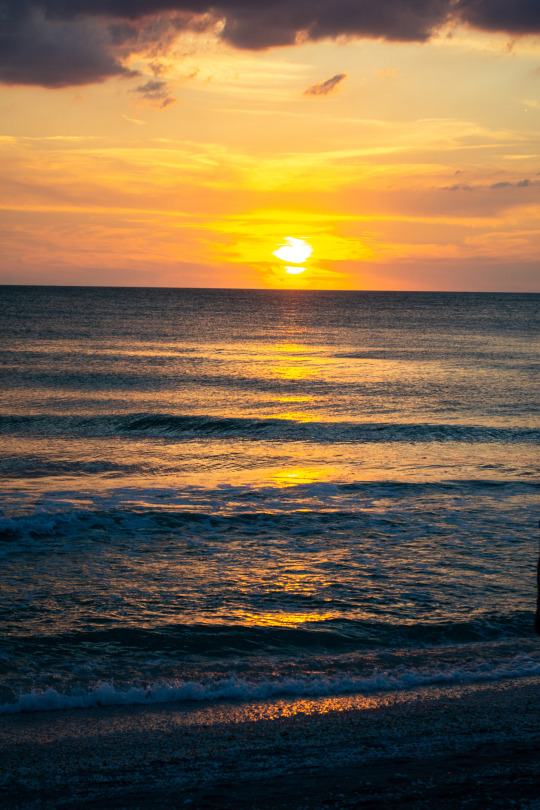
When God speaks, things happen!
Photo: Captiva Island, Florida
#florida#sunset#gulf of mexico#ocean sunset#captiva island#fl#florida gulf coast#southwest florida#ocean#seascape#tropical islands#the sunshine state#tropical#christianity#christian living#god's power#god's love#nature#travel#tourism#adventure#explore#the south#southern usa#the great outdoors#god's creation#america the beautiful
46 notes
·
View notes
Text
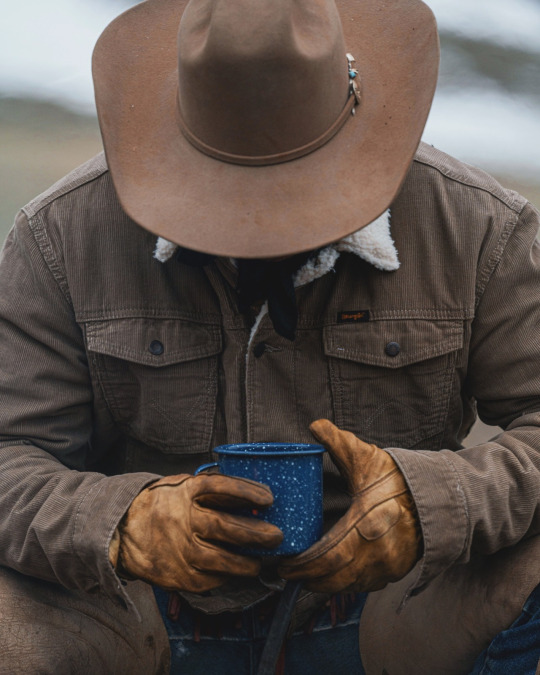
#adventure#cowboy#wild west#america#mens style#rugged#rustic#countryside#country#aesthetic#masculine#great outdoors#western
31 notes
·
View notes
Text

Chimney Tops Mountain- GSMNP, Dec. 2023
#mine#tennessee#appalachain mountains#great smoky mountains#north carolina#appalachia#woods#outdoors#rural#appalachian gothic#southern gothic#mountains#rural america#photography#photographers on tumblr#black and white
12 notes
·
View notes
Text
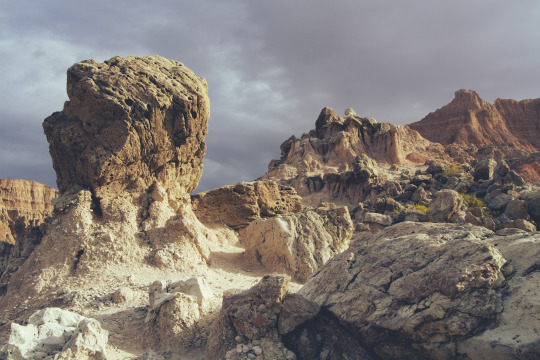
#badlands#badlands national park#the badlands#national park#national park service#national parks#landscape#landscapes#road trip#south dakota#hiking#landscape photography#travel photography#outdoor photography#nature#travel#travels#outdoors#great plains#earth pix#depth of earth#earth official#north america#geologicalwonders#geological formations#dramatic landscapes#travel blog#Badlands South Dakota#roadtrip usa
12 notes
·
View notes
Text

Went on a camping trip down to south Florida, starting in the everglades
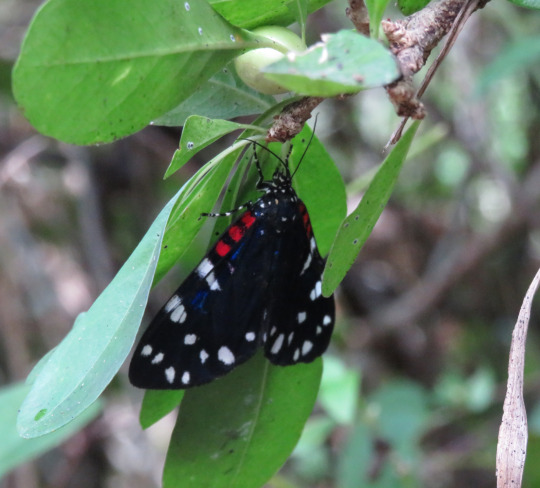

We were looking for snakes and American crocodiles, but we did find this day moth and tree snail


Plus a couple nocturnal critters settling down for a nice days sleep




Lots of high quality birds in the swamp


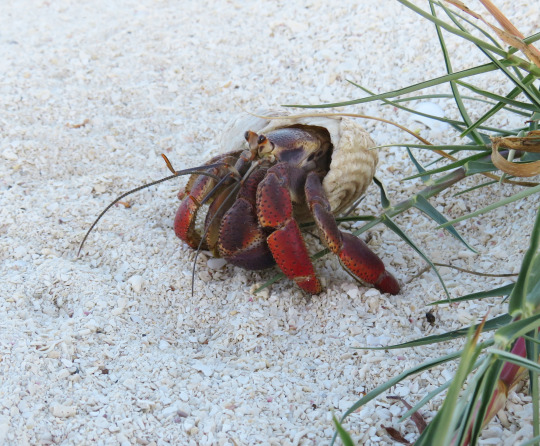
Saw frigate birds in the Dry Tortugas, but they mostly hung motionless and effortlessly high in the air like low poly videogame background birds

Had to flee back north early ahead of Nikole. Managed to catch a glimpse of this bark anole when we stopped for breakfast, but all the iguanas were hiding.

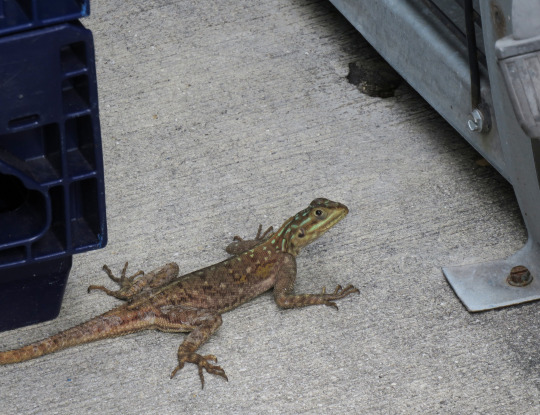

Tons of introduced rock agamas calling this gas station home, and a nearby rooster hung out with a flock of grackles. Was hoping to see more exotic reptiles around Miami, but perhaps another time.
#long post#travel log#now I'm sick#gonna be so mad if I dodged Covid for 2 years and finally lost because of a trip centered around outdoor activities#The Dry Tortugas was great but not really full of photography opportunities unless you like ruins#Previous hurricane destroyed a lot of plants so he was just like#pls don't step on any of my plants I don't have many left#There was a full moon so we couldn't see the stars except surprise there was a lunar eclipse actually#no light pollution so we saw the milky way and a shooting star that shattered into fragments as it burned up on entry#also#apparently a lot of Cuban refugees land there so the head ranger guy didn't know much about the wildlife so one got the impression#that tourists were an unfortunate inconvenience for him personally when he had a lot of other stuff more important to be worrying about#I don't think many would want to come here if America lifted the embargo strangling their country#so we just invent a crisis for another independent country because Communism Bad#and then treat the poor folks fleeing the conditions we created like criminals#all because if a country was doing even moderately okay without capitalism it'd be bad for the shareholders I guess#anyway the fort was cool but I don't know how to photograph ruins well
48 notes
·
View notes
Text
More of the inspirational & deeply personal discussion with Baratunde Thurston. Here he relates the intense effect exploring the Great Dismal Swamp had on him.
Listen to the full conversation on Spotify
#larry wilmore#black on the air#spotify#Baratunde Thurston#America Outdoors#Great Dismal Swamp#podcast#journalism
4 notes
·
View notes
Text
Hummingbird Species, Part 191
Today’s bird is the great sapphirewing, Pterophanes cyanopterus.
Introduction
With a name reminiscent of precious gems and a beauty to match, the Great Sapphirewing Hummingbird, scientifically known as Pterophanes cyanopterus, graces the South American skies with elegance and vibrancy. This avian wonder, with its exquisite physical features and engaging behaviors, is a testament to the…

View On WordPress
#collectible hummingbird mug#great sapphirewing#great sapphirewing hummingbird#hummingbird feeders for outdoors#Hummingbirds#hummingbirds of Central America#hummingbirds of South America#Pterophanes cyanopterus.
0 notes
Text

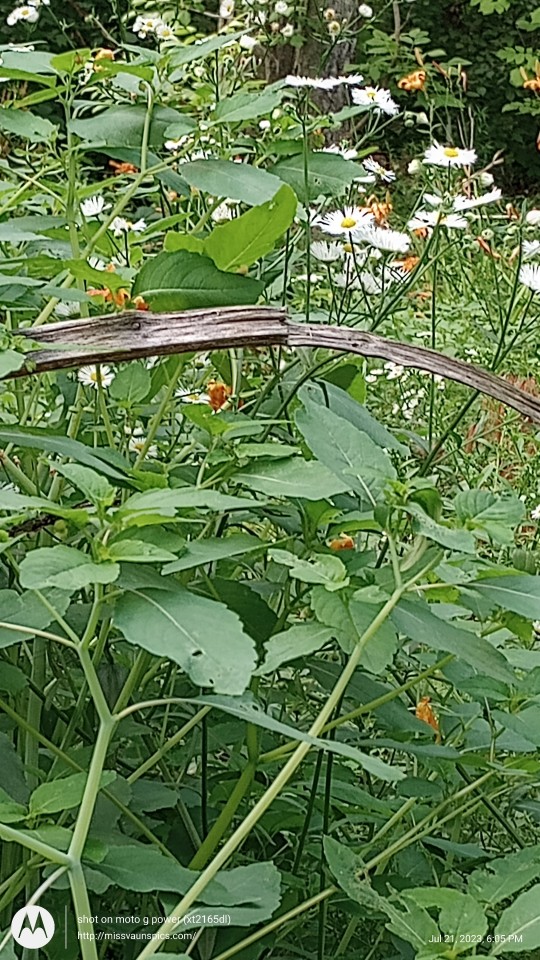


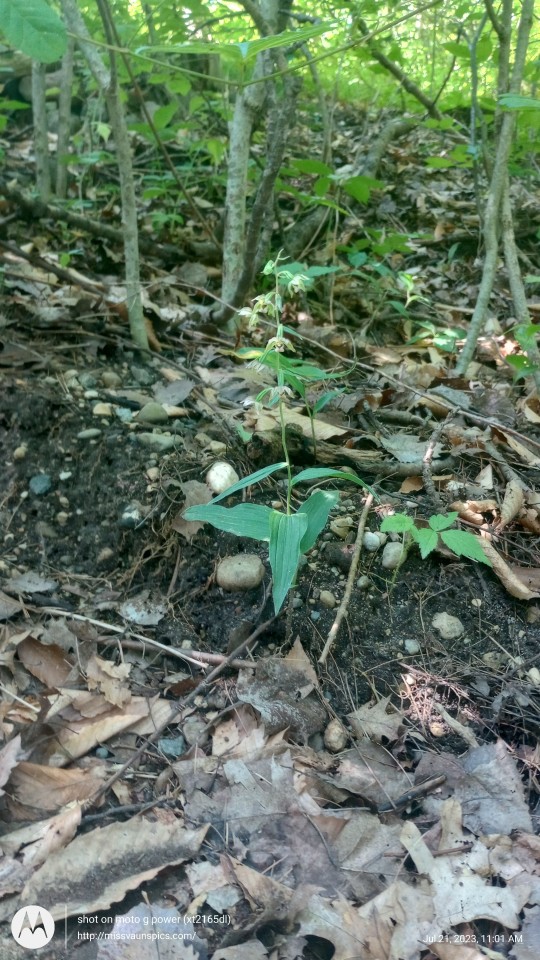
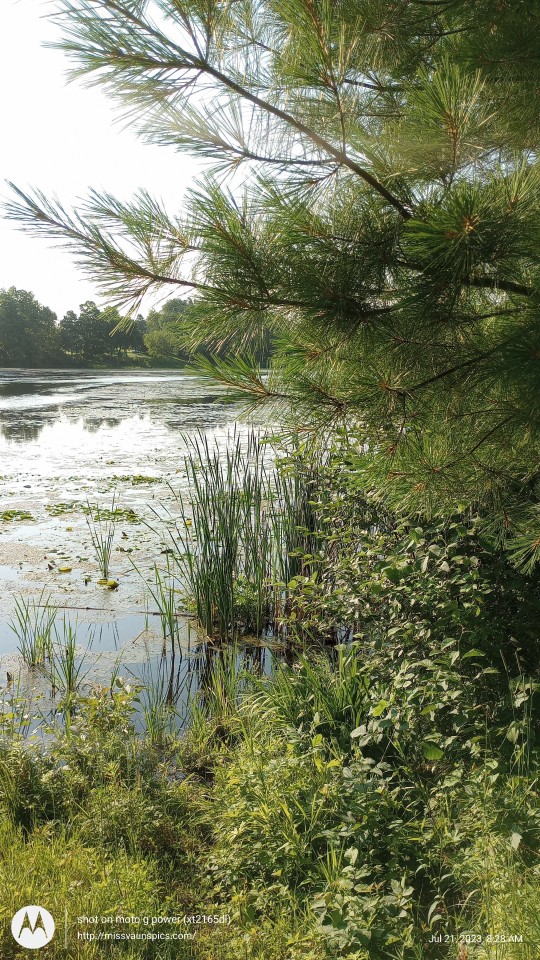
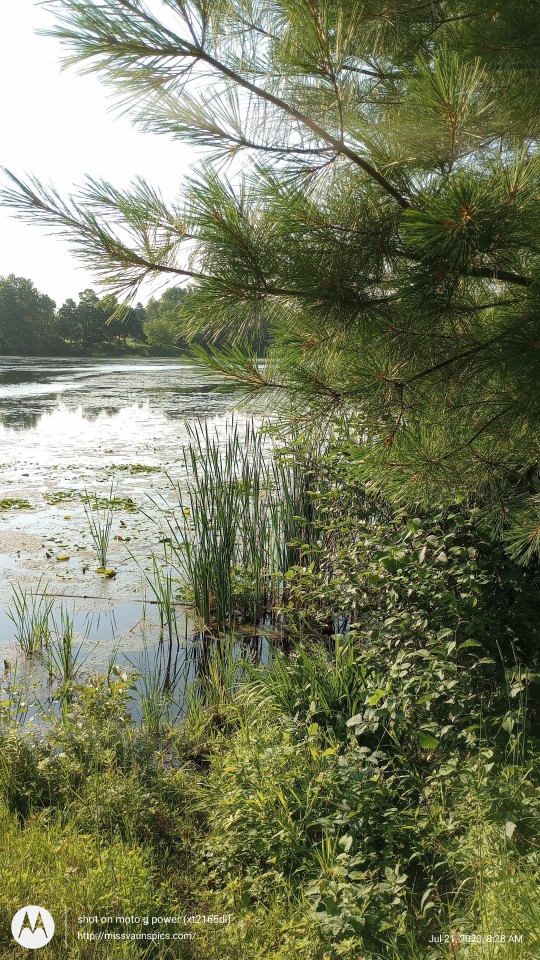
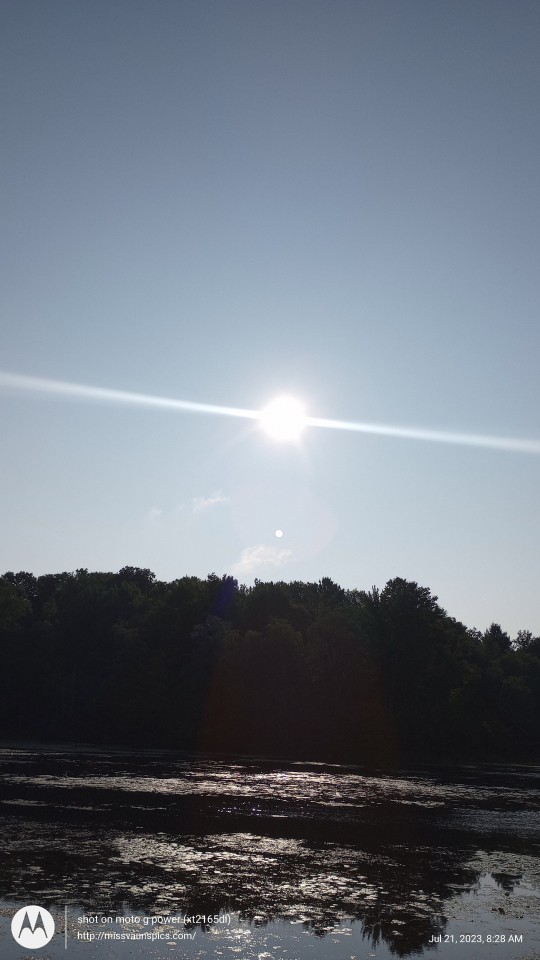
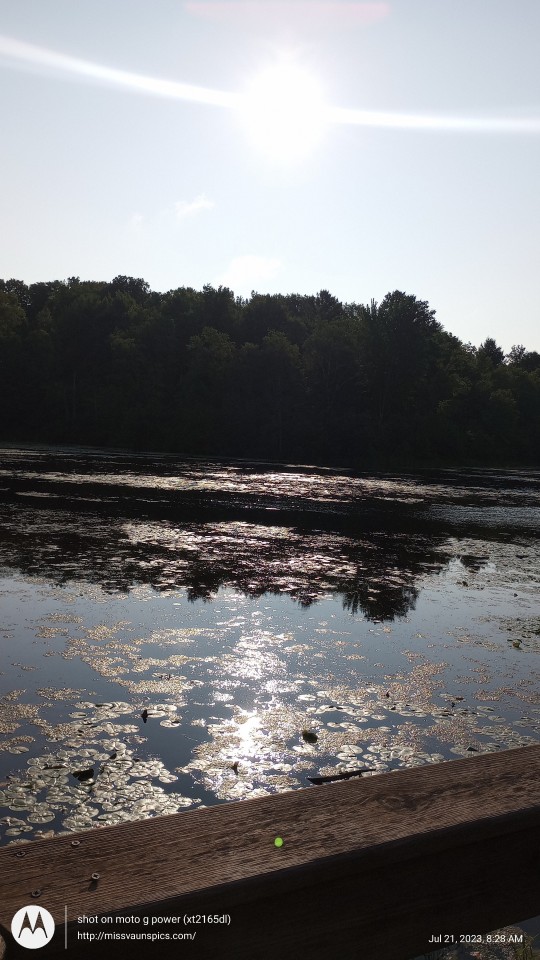
0 notes
Text
"When considering the great victories of America’s conservationists, we tend to think of the sights and landscapes emblematic of the West, but there’s also a rich history of acknowledging the value of the wetlands of America’s south.
These include such vibrant ecosystems as the Everglades, the Great Dismal Swamp, the floodplains of the Congaree River, and “America’s Amazon” also known as the “Land Between the Rivers”—recently preserved forever thanks to generous donors and work by the Nature Conservancy (TNC).
With what the TNC described as an “unprecedented gift,” 8,000 acres of pristine wetlands where the Alabama and Tombigbee Rivers join, known as the Mobile Delta, were purchased for the purpose of conservation for $15 million. The owners chose to sell to TNC rather than to the timber industry which planned to log in the location.
“This is one of the most important conservation victories that we’ve ever been a part of,” said Mitch Reid, state director for The Nature Conservancy in Alabama.
The area is filled with oxbow lakes, creeks, and swamps alongside the rivers, and they’re home to so many species that it ranks as one of the most biodiverse ecosystems on Earth, such that Reid often jokes that while it has rightfully earned the moniker “America’s Amazon” the Amazon should seriously consider using the moniker “South America’s Mobile.”
“This tract represents the largest remaining block of land that we can protect in the Mobile-Tensaw Delta. First and foremost, TNC is doing this work for our fellow Alabamians who rightly pride themselves on their relationship with the outdoors,” said Reid, who told Advance Local that it can connect with other protected lands to the north, in an area called the Red Hills.
“Conservation lands in the Delta positions it as an anchor in a corridor of protected lands stretching from the Gulf of Mexico to the Appalachian Mountains and has long been a priority in TNC’s ongoing efforts to establish resilient and connected landscapes across the region.”
At the moment, no management plan has been sketched out, but TNC believes it must allow the public to use it for recreation as much as possible.
The money for the purchase was provided by a government grant and a generous, anonymous donor, along with $5.2 million from the Holdfast Collective—the conservation funding body of Patagonia outfitters."
youtube
Video via Mobile Bay National Estuary Program, August 7, 2020
Article via Good News Network, February 14, 2024
#united states#alabama#estuary#wetlands#swamp#river#environment#environmental issues#conservation#video#biodiversity#american south#ecosystems#ecology#conservation news#wildlife conservation#ecosystem#conservation efforts#good news#hope#forest#swampco#re#Youtube
2K notes
·
View notes
Photo

Beach days are the best days!
Photo: San Diego, California
#san diego#mission beach#summer#california#beach#southern california#so cal#west coast#the golden state#pacific ocean#travel#tourism#adventure#explore#vacation#usa#america the beautiful#the great outdoors
36 notes
·
View notes
Text
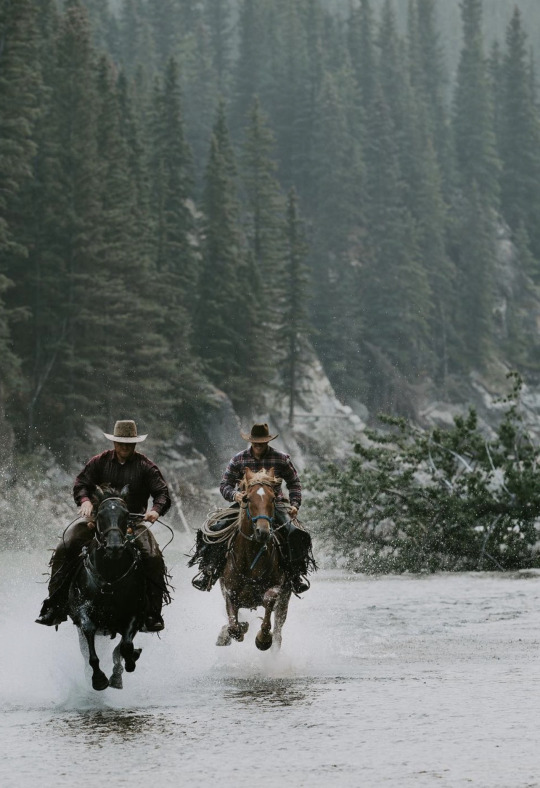
#adventure#summer#mens style#beautiful#great outdoors#america#wild west#cowboy#horse#horse riding#river#forest#mountains#aesthetic#lifestyle#masculine
16 notes
·
View notes
Text
Abandoned Road/ThursdayDoors
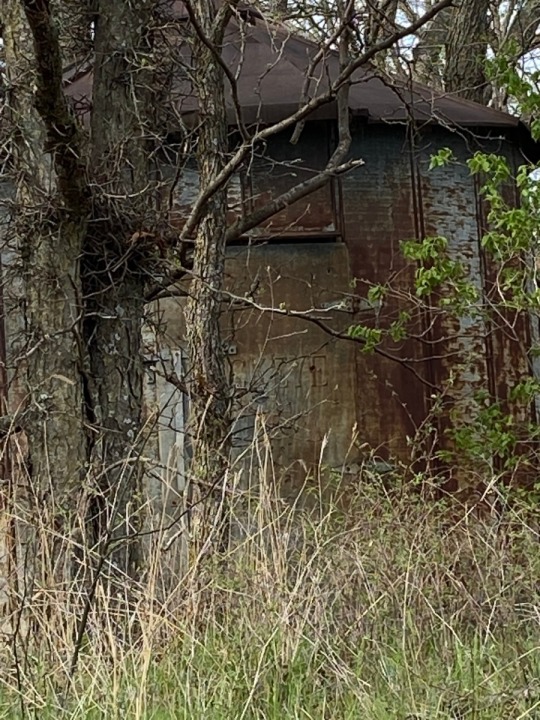
View On WordPress
#2022#Back Country Drive#Doorscursion#great outdoors#May#Missouri photos#Rural America#Thursdaydoors
0 notes
Text
Reading list for Afro-Herbalism:
A Healing Grove: African Tree Remedies and Rituals for the Body and Spirit by Stephanie Rose Bird
Affrilachia: Poems by Frank X Walker
African American Medicine in Washington, D.C.: Healing the Capital During the Civil War Era by Heather Butts
African American Midwifery in the South: Dialogues of Birth, Race, and Memory by Gertrude Jacinta Fraser
African American Slave Medicine: Herbal and Non-Herbal Treatments by Herbert Covey
African Ethnobotany in the Americas edited by Robert Voeks and John Rashford
Africanisms in the Gullah Dialect by Lorenzo Dow Turner
Africans and Native Americans: The Language of Race and the Evolution of Red-Black Peoples by Jack Forbes
African Medicine: A Complete Guide to Yoruba Healing Science and African Herbal Remedies by Dr. Tariq M. Sawandi, PhD
Afro-Vegan: Farm-Fresh, African, Caribbean, and Southern Flavors Remixed by Bryant Terry
Barracoon: The Story of the Last “Black Cargo” by Zora Neale Hurston
Big Mama’s Back in the Kitchen by Charlene Johnson
Big Mama’s Old Black Pot by Ethel Dixon
Black Belief: Folk Beliefs of Blacks in America and West Africa by Henry H. Mitchell
Black Diamonds, Vol. 1 No. 1 and Vol. 1 Nos. 2–3 edited by Edward J. Cabbell
Black Faces, White Spaces: Reimagining the Relationship of African Americans to the Great Outdoors by Carolyn Finney
Black Food Geographies: Race, Self-Reliance, and Food Access in Washington, D.C. by Ashanté M. Reese
Black Indian Slave Narratives edited by Patrick Minges
Black Magic: Religion and the African American Conjuring Tradition by Yvonne P. Chireau
Black Nature: Four Centuries of African American Nature Poetry edited by Camille T. Dungy
Blacks in Appalachia edited by William Turner and Edward J. Cabbell
Caribbean Vegan: Meat-Free, Egg-Free, Dairy-Free Authentic Island Cuisine for Every Occasion by Taymer Mason
Dreams of Africa in Alabama: The Slave Ship Clotilda and the Story of the Last Africans Brought to America by Sylviane Diouf
Faith, Health, and Healing in African American Life by Emilie Townes and Stephanie Y. Mitchem
Farming While Black: Soul Fire Farm’s Practical Guide to Liberation on the Land by Leah Penniman
Folk Wisdom and Mother Wit: John Lee – An African American Herbal Healer by John Lee and Arvilla Payne-Jackson
Four Seasons of Mojo: An Herbal Guide to Natural Living by Stephanie Rose Bird
Freedom Farmers: Agricultural Resistance and the Black Freedom Movement by Monica White
Fruits of the Harvest: Recipes to Celebrate Kwanzaa and Other Holidays by Eric Copage
George Washington Carver by Tonya Bolden
George Washington Carver: In His Own Words edited by Gary Kremer
God, Dr. Buzzard, and the Bolito Man: A Saltwater Geechee Talks About Life on Sapelo Island, Georgia by Cornelia Bailey
Gone Home: Race and Roots through Appalachia by Karida Brown
Ethno-Botany of the Black Americans by William Ed Grime
Gullah Cuisine: By Land and by Sea by Charlotte Jenkins and William Baldwin
Gullah Culture in America by Emory Shaw Campbell and Wilbur Cross
Gullah/Geechee: Africa’s Seeds in the Winds of the Diaspora-St. Helena’s Serenity by Queen Quet Marquetta Goodwine
High on the Hog: A Culinary Journey from Africa to America by Jessica Harris and Maya Angelou
Homecoming: The Story of African-American Farmers by Charlene Gilbert
Hoodoo Medicine: Gullah Herbal Remedies by Faith Mitchell
Jambalaya: The Natural Woman’s Book of Personal Charms and Practical Rituals by Luisah Teish
Just Medicine: A Cure for Racial Inequality in American Health Care by Dayna Bowen Matthew
Leaves of Green: A Handbook of Herbal Remedies by Maude E. Scott
Like a Weaving: References and Resources on Black Appalachians by Edward J. Cabbell
Listen to Me Good: The Story of an Alabama Midwife by Margaret Charles Smith and Linda Janet Holmes
Making Gullah: A History of Sapelo Islanders, Race, and the American Imagination by Melissa Cooper
Mandy’s Favorite Louisiana Recipes by Natalie V. Scott
Medical Apartheid: The Dark History of Medical Experimentation on Black Americans from Colonial Times to the Present by Harriet Washington
Mojo Workin’: The Old African American Hoodoo System by Katrina Hazzard-Donald
Motherwit: An Alabama Midwife’s Story by Onnie Lee Logan as told to Katherine Clark
My Bag Was Always Packed: The Life and Times of a Virginia Midwife by Claudine Curry Smith and Mildred Hopkins Baker Roberson
My Face Is Black Is True: Callie House and the Struggle for Ex-Slave Reparations by Mary Frances Berry
My Grandmother's Hands: Racialized Trauma and the Pathway to Mending Our Hearts and Bodies by Resmaa Menakem
On Her Own Ground: The Life and Times of Madam C.J. Walker by A'Lelia Bundles
Papa Jim’s Herbal Magic Workbook by Papa Jim
Places for the Spirit: Traditional African American Gardens by Vaughn Sills (Photographer), Hilton Als (Foreword), Lowry Pei (Introduction)
Post Traumatic Slave Syndrome by Dr. Joy DeGruy
Rooted in the Earth: Reclaiming the African American Environmental Heritage by Diane Glave
Rufus Estes’ Good Things to Eat: The First Cookbook by an African-American Chef by Rufus Estes
Secret Doctors: Ethnomedicine of African Americans by Wonda Fontenot
Sex, Sickness, and Slavery: Illness in the Antebellum South by Marli Weiner with Mayzie Hough
Slavery’s Exiles: The Story of the American Maroons by Sylviane Diouf
Soul Food: The Surprising Story of an American Cuisine, One Plate at a Time by Adrian Miller
Spirituality and the Black Helping Tradition in Social Work by Elmer P. Martin Jr. and Joanne Mitchell Martin
Sticks, Stones, Roots & Bones: Hoodoo, Mojo & Conjuring with Herbs by Stephanie Rose Bird
The African-American Heritage Cookbook: Traditional Recipes and Fond Remembrances from Alabama’s Renowned Tuskegee Institute by Carolyn Quick Tillery
The Black Family Reunion Cookbook (Recipes and Food Memories from the National Council of Negro Women) edited by Libby Clark
The Conjure Woman and Other Conjure Tales by Charles Chesnutt
The Home Place: Memoirs of a Colored Man’s Love Affair with Nature by J. Drew Lanham
The Jemima Code: Two Centuries of African American Cookbooks by Toni Tipton-Martin
The President’s Kitchen Cabinet: The Story of the African Americans Who Have Fed Our First Families, from the Washingtons to the Obamas by Adrian Miller
The Taste of Country Cooking: The 30th Anniversary Edition of a Great Classic Southern Cookbook by Edna Lewis
The Tuskegee Syphilis Study: An Insiders’ Account of the Shocking Medical Experiment Conducted by Government Doctors Against African American Men by Fred D. Gray
Trace: Memory, History, Race, and the American Landscape by Lauret E. Savoy
Vegan Soul Kitchen: Fresh, Healthy, and Creative African-American Cuisine by Bryant Terry
Vibration Cooking: Or, The Travel Notes of a Geechee Girl by Vertamae Smart-Grosvenor
Voodoo and Hoodoo: The Craft as Revealed by Traditional Practitioners by Jim Haskins
When Roots Die: Endangered Traditions on the Sea Islands by Patricia Jones-Jackson
Working Conjure: A Guide to Hoodoo Folk Magic by Hoodoo Sen Moise
Working the Roots: Over 400 Years of Traditional African American Healing by Michelle Lee
Wurkn Dem Rootz: Ancestral Hoodoo by Medicine Man
Zora Neale Hurston: Folklore, Memoirs, and Other Writings: Mules and Men, Tell My Horse, Dust Tracks on a Road, Selected Articles by Zora Neale Hurston
The Ways of Herbalism in the African World with Olatokunboh Obasi MSc, RH (webinar via The American Herbalists Guild)
1K notes
·
View notes
Text
The Kents
Honestly, we just don't talk enough about how Clark discovered his powers. Or young Clark in general. And personally, I think that's very unfortunate of us.

Not to mention he was the quintessential "aliens crash land into a farm in the middle of nowhere" around the same time in history that America had its alien crop circle conspiracy phase/obsession.
Just sayin. One could milk a great deal of entertainment out of that...
Some kid at school: "Good gravy. Did y'all hear what the radio folk are all preachin' these days? Aliens are crashing into our fields left an' right! Ain't that the darndest thing..."
Clark, 12, seeing all his classmates in x-ray because his vision turned on a day ago and he can't turn it off: "uh- uh huh."
Alternatively:
Teacher: "I just don't know what to do Mrs. Kent. Clark was such a a well behaved boy an' now he just ain't listenin' to a thing I say!"
*Clark, twitchy and exhausted because his super hearing zeroed in on 1 specific cricket that hasn't shut up for the past three days*
Mrs. Kent: "...Well I'm sure it's a phase, all the boys would rather be playin' in the outdoors at this age anyway." *Seriously considers wacking Clark on the head with a tool to give the poor boy some sleep but rethinking it because last week they found out he was invincible. (Not that she would ever hurt her son anyway)*
Alternatively:
Clark: "What am I doing? Am I God? Why me?"
Cow: "mooooo" 🐮
Clark: "You know, any day now I could start speaking cow-eese and then you'll have to watch your mouth Betty."
#He never did learn cow-eese#that superpower has yet to kick in#Betty says it like it is#dc comics#dc fanon#superman headcanons#clark kent#Superman#kal el#DC universe#DC comics#smallville
114 notes
·
View notes